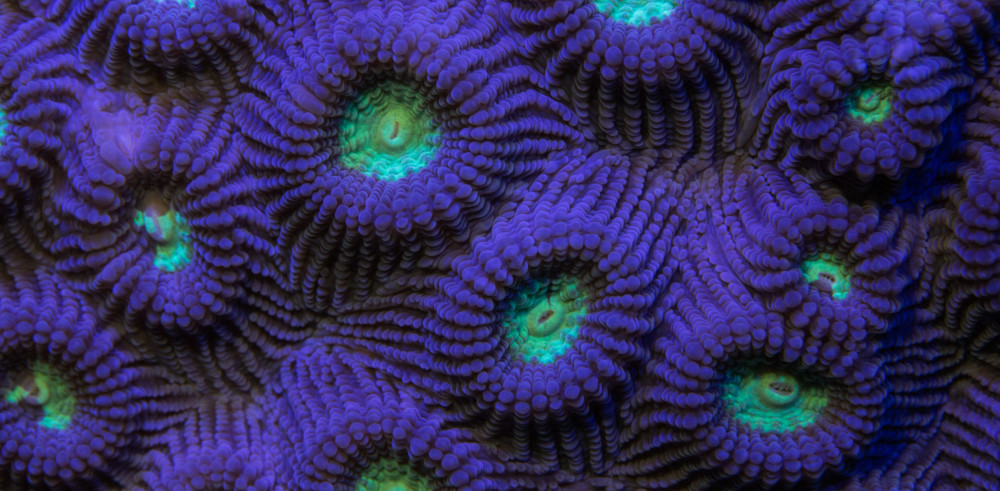In the summer of 2018, I documented some exciting animal behavior underwater. While searching for the blue-ringed octopus in a shallow reef cut, I stumbled upon the elusive pygmy squid (Idiosepius sp). I first photographed the Ryukyuan pygmy squid back in 2012 and was excited to see another one. This undescribed pygmy squid is only 10mm-14mm in size. It can be difficult to get an acceptable photograph of it free-swimming through the water.
Its amazing how fast squid can change color to blend into the sounding background. Look at that camouflage.
 The pygmy squid has defined white nodules on the posterior end of the mantle used for attaching to seaweed and rocks.
The pygmy squid has defined white nodules on the posterior end of the mantle used for attaching to seaweed and rocks.
I took a few photographs of the tiny squid and it eventually retreated into fireweed (Aglaophenia cupressina).
 The fireweed looks like a harmless piece of seaweed but its actually a dangerous stinging hydroid. The fireweed delivers a painful sting causing redness, irritation and infection.
The fireweed looks like a harmless piece of seaweed but its actually a dangerous stinging hydroid. The fireweed delivers a painful sting causing redness, irritation and infection.
I returned to the exact location a few days later in search of the pygmy squid. I found the fireweed but it was much smaller, as if it was purposely cut down. These fireweed colonies have been in the same reef cut for over six years. What could have caused this devastation? Was it possible that a Scuba Instructor cut down the fireweed colonies for the safety of their students? I mention this because the hydroids are in a high-traffic swim-through area, and some days literally hundreds of divers swim through this reef cut.
My first thought was someone cut down the fireweed but I was wrong. It was actually a brightly colored nudibranch named Tenellia yamasui (Hamatani, 1993). The fireweed was infested with juvenile nudibranchs feeding on it.
You would think that the nudibranchs would be conservative and keep some food for the future. The sea slugs devoured the entire fireweed.
Ever wonder what this stinging hydroid can do to your skin? To learn more about the dangerous animals and treatments, check out my post on The Hazardous Marine Life of Okinawa.
Get Fa-Millerized with the Nature of the Ryukyu Islands – – – – SUBSCRIBE BELOW
















































































































